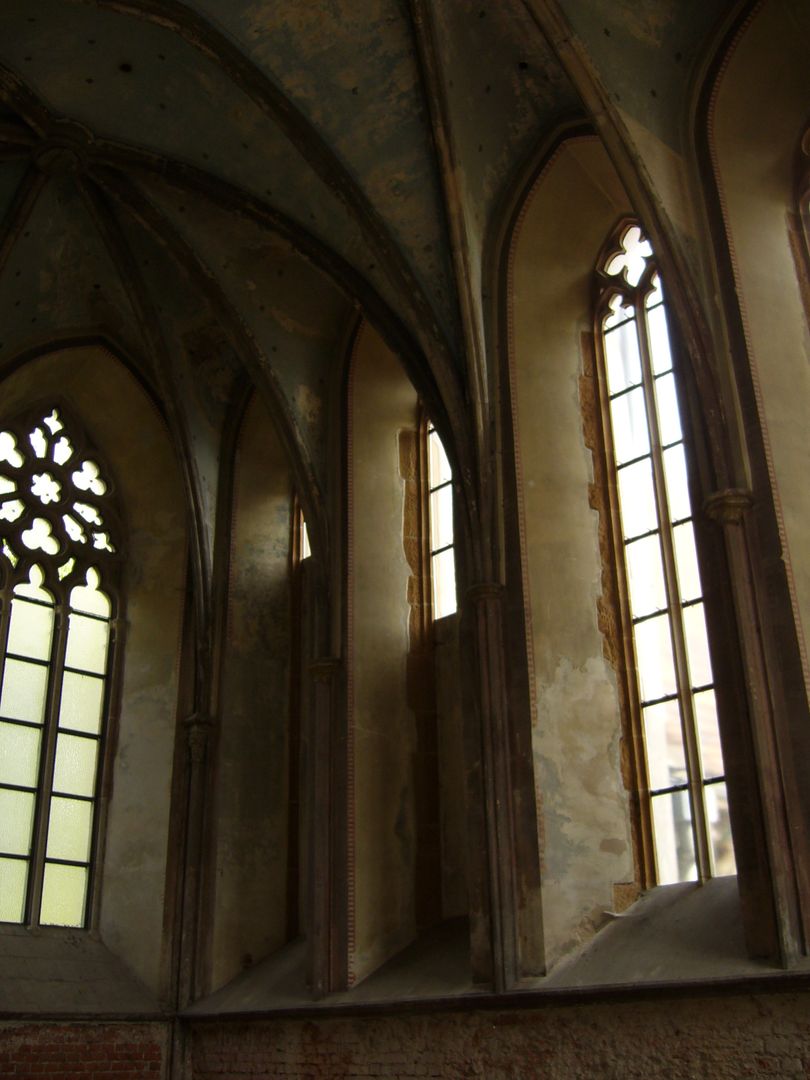Castle Chapel of St. Thomas Becket in Racibórz
8.33

Overview
The Castle Chapel of St. Thomas of Canterbury in Racibórz-Ostróg, also known as the pearl of Silesian Gothic, was built between 1288 and 1293 as part of the castle. The chapel's architecture combines elements of Gothic, Baroque, and Neo-Gothic styles. It is located in the eastern wing of the castle, is oriented, and has a rectangular shape measuring 8.5 by 13 meters. The chapel is three-bayed, with rib vaulting, and its windows are decorated with tracery. Between 1642 and 1651, it underwent significant reconstruction following a fire in 1637, which gave it a Baroque appearance. In the 19th century, after another fire, the interior was modernized, and the façades acquired Neo-Gothic features. The chapel also served as a place of worship, functioning as a sanctuary that may have housed relics of St. Thomas Becket and St. Stanislaus. Throughout its history, the chapel experienced numerous fires and reconstructions, which influenced its appearance and function. During renovations in 1988–1989, the Schneider Map was discovered, which pointed to a legendary tunnel running under the Oder River. The chapel went through various phases of use, from a place of worship to gradual deterioration after World War II. Although it is no longer used for religious purposes today, it remains a valuable cultural and architectural monument, and its history and architecture continue to attract researchers and tourists.
Location
2025 Wizytor | All Rights Reserved